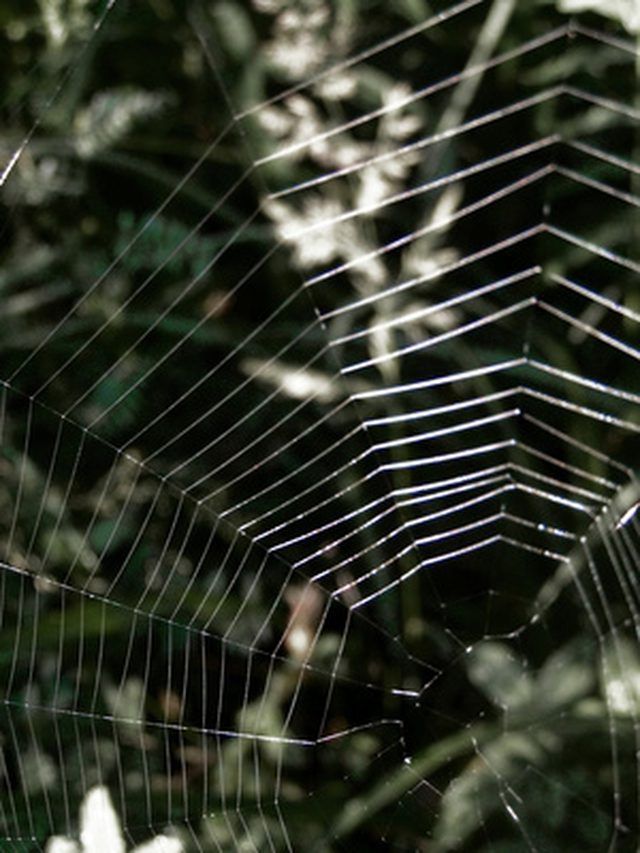Bulbs
Flower Basics
Flower Beds & Specialty Gardens
Flower Garden
Garden Furniture
Garden Gnomes
Garden Seeds
Garden Sheds
Garden Statues
Garden Tools & Supplies
Gardening Basics
Green & Organic
Groundcovers & Vines
Growing Annuals
Growing Basil
Growing Beans
Growing Berries
Growing Blueberries
Growing Cactus
Growing Corn
Growing Cotton
Growing Edibles
Growing Flowers
Growing Garlic
Growing Grapes
Growing Grass
Growing Herbs
Growing Jasmine
Growing Mint
Growing Mushrooms
Orchids
Growing Peanuts
Growing Perennials
Growing Plants
Growing Rosemary
Growing Roses
Growing Strawberries
Growing Sunflowers
Growing Thyme
Growing Tomatoes
Growing Tulips
Growing Vegetables
Herb Basics
Herb Garden
Indoor Growing
Landscaping Basics
Landscaping Patios
Landscaping Plants
Landscaping Shrubs
Landscaping Trees
Landscaping Walks & Pathways
Lawn Basics
Lawn Maintenance
Lawn Mowers
Lawn Ornaments
Lawn Planting
Lawn Tools
Outdoor Growing
Overall Landscape Planning
Pests, Weeds & Problems
Plant Basics
Rock Garden
Rose Garden
Shrubs
Soil
Specialty Gardens
Trees
Vegetable Garden
Yard Maintenance
Big Brown Grass Spiders
Big Brown Grass Spiders. A big, brown grass spider, commonly known as the grass spider, is a member of the genus Agelenopsis. The genus name Agelena comes from the Greek word "to look like."

A big, brown grass spider, commonly known as the grass spider, is a member of the genus Agelenopsis. The genus name Agelena comes from the Greek word "to look like."
Identification
Grass spiders may grow up to 19 mm long. They have eight eyes in three rows. The top row has two eyes, the middle four and the bottom two. Mainly brown and tan in color, grass spiders have brown banding around the legs and down the back.
Hunting
The grass spider's web is not sticky, therefore the grass spider can run very quickly to hunt down its prey. The grass spider is not poisonous to humans but its bite will cause paralysis in insects.
Location
Grass spiders are very common in North America and Canada. They mostly live outdoors in the grass as their name suggests. They can be found indoors as well, more commonly during the warmer months.